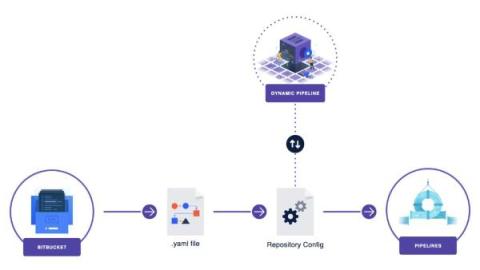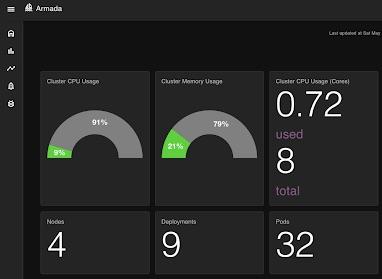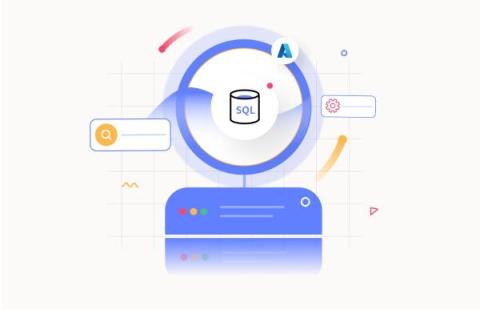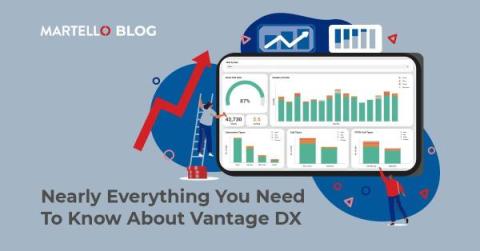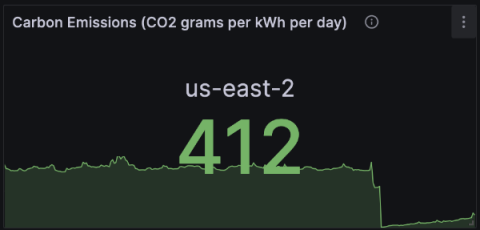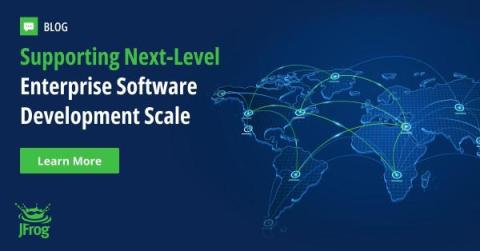Introducing Dynamic Pipelines: A new standard in CI/CD flexibility
Bitbucket cloud is on a mission to become the world’s most extensible cloud SCM and CI/CD product, and we're thrilled to be able to share the next stage of that journey. Upcoming Webinar: Join us for a live-webinar on May 8th/9th, 2024 for a deep-dive into building your own Dynamic Pipelines. Today, we're announcing the release of a new capability in Bitbucket Cloud called Dynamic Pipelines.


